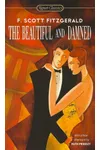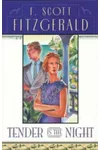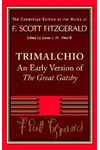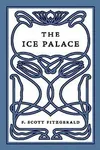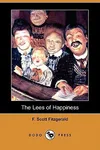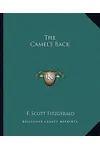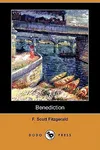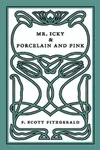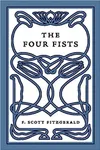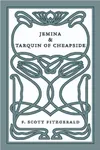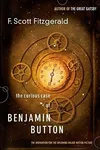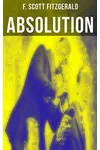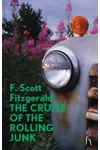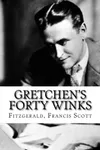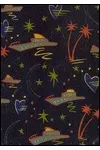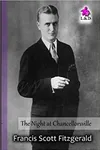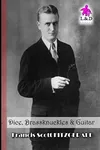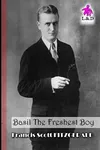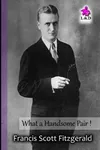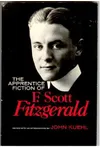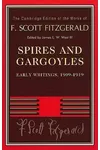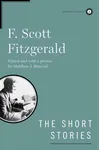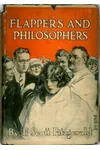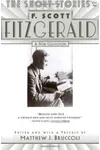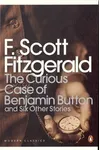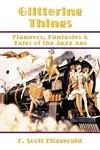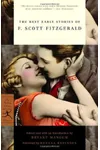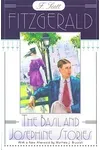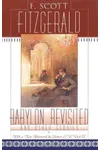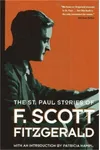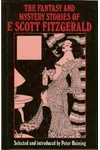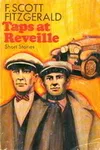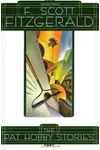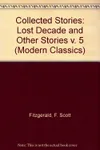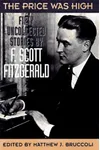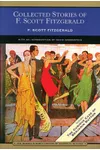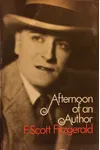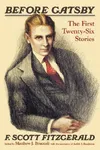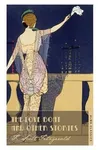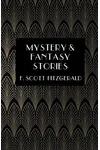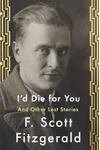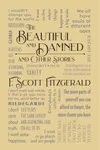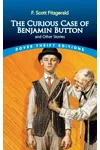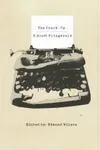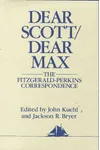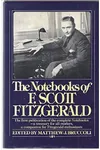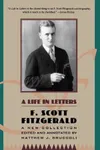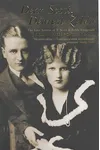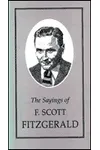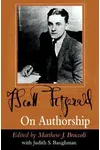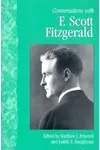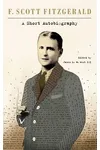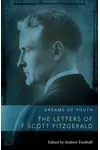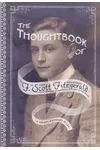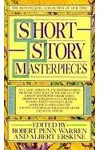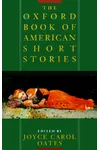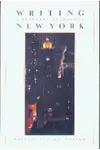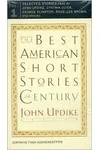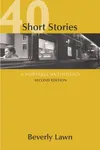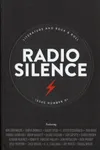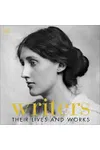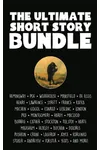Picture a dazzling wordsmith who bottled the glitter and heartbreak of the Jazz Age—meet F. Scott Fitzgerald! Known for his lyrical prose and tales of ambition, love, and the American Dream, Fitzgerald’s masterpiece, The Great Gatsby, remains a literary gem. His life, as vibrant and tragic as his stories, captured the Roaring Twenties’ spirit.
Born in St. Paul, Minnesota, Fitzgerald’s journey from a dreamer to a literary icon was anything but ordinary. His rollercoaster romance with Zelda Sayre and his struggles with fame and alcoholism shaped his unforgettable narratives. Ready to dive into his world?
The Making of F. Scott Fitzgerald
Francis Scott Key Fitzgerald entered the world on September 24, 1896, named after the composer of 'The Star-Spangled Banner.' Raised in a middle-class Catholic family, he showed early flair for storytelling, scribbling plays and stories as a child. At Princeton University, he chased literary dreams but left without a degree, joining the Army in 1917. His first novel, This Side of Paradise, published in 1920, skyrocketed him to fame at 24, capturing the rebellious youth of the era.
His whirlwind romance with Zelda, a Southern belle, fueled his creativity but also his chaos. Her glamour and his ambition intertwined, setting the stage for both brilliance and personal turmoil. The couple’s extravagant lifestyle in New York and Paris became the heartbeat of his fiction.
F. Scott Fitzgerald’s Unforgettable Stories
Fitzgerald’s pen danced with elegance, weaving tales of wealth, longing, and lost dreams. His crowning achievement, The Great Gatsby (1925), follows Jay Gatsby’s doomed pursuit of love and status in a glittering yet hollow world. Initially a commercial flop, it’s now hailed as a masterpiece for its vivid characters and sharp social commentary.
Other gems include Tender Is the Night (1934), a poignant tale of a psychiatrist’s unraveling life, inspired by Fitzgerald’s own struggles with Zelda’s mental health. His debut, This Side of Paradise, captured the restlessness of the post-World War I generation, while short stories like 'The Diamond as Big as the Ritz' showcased his wit and satirical edge. His style—lush, introspective, and razor-sharp—made every sentence sparkle.
Fitzgerald’s themes of aspiration and disillusionment resonated deeply, reflecting the excesses of the 1920s. His ability to blend romance with critique cemented his place as a literary trailblazer.
Why F. Scott Fitzgerald Matters
Fitzgerald’s work transcends time, offering a window into the American psyche. His exploration of class, love, and the pursuit of happiness speaks to readers across generations. The Great Gatsby is a staple in classrooms, its green light symbolizing the elusive American Dream. His influence echoes in modern literature, from J.D. Salinger to Donna Tartt, and in films, TV, and even pop culture references.
Despite his early death at 44 in 1940, felled by alcoholism and a heart attack, Fitzgerald’s legacy endures. His flawed, beautiful characters remind us of the human cost of chasing dreams—and the magic of daring to try.
- Born: September 24, 1896, in St. Paul, Minnesota
- Key Works: The Great Gatsby, Tender Is the Night, This Side of Paradise
- Died: December 21, 1940, in Hollywood, California
- Notable Fact: Named after Francis Scott Key, his distant relative
About F. Scott Fitzgerald
Grab The Great Gatsby and step into Fitzgerald’s dazzling Jazz Age world—his prose will sweep you away!


